When wrenching on your car, there will come times when you need to turn the engine over without actually starting it. Whether you’re changing plugs, coils, timing components, or checking for spark, being able to rotate the crankshaft and pistons through their range of motion is essential for proper diagnostics and repairs. However, jumping in the driver’s seat and turning the key risks unintentionally firing up the whole engine prematurely.
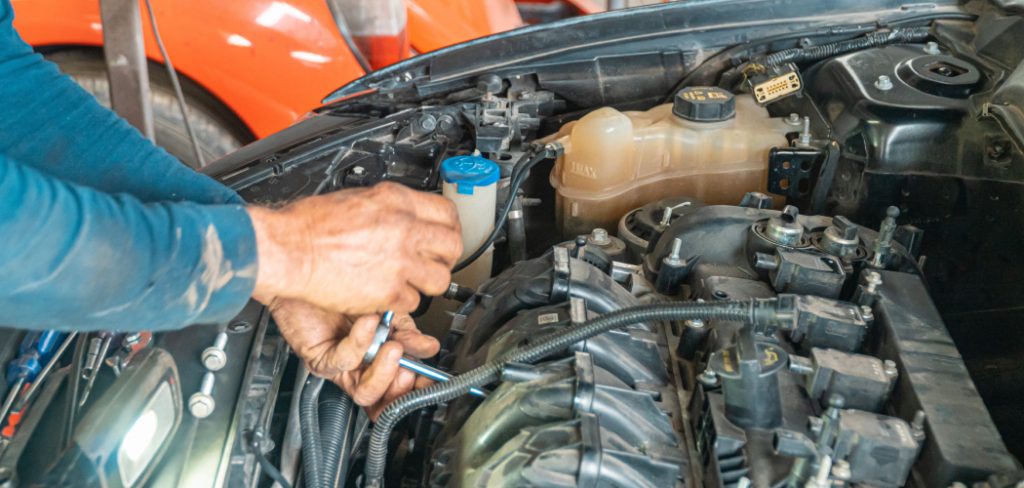
That’s why knowing how to perform a “dry run” or “safety turn” on your engine without fuel injection or ignition is an important skill. In this blog post, I will explain a few different methods on how to turn over engine without starting, so you have full access and visibility for your maintenance and troubleshooting needs while avoiding any accidental startups.
9 Best Methods on How to Turn Over Engine Without Starting
1. Disconnect the Ignition Coil:
One of the simplest ways to prevent your engine from starting is by disconnecting the ignition coil. This will cut off the spark, preventing combustion in the cylinders. You can either remove the electrical connector from the coil or completely disconnect it from its mounting point on top of the valve cover. If your car has a distributor, you can also remove the cap and rotor to disconnect the coil wires from the spark plugs.
2. Remove the Fuel Pump Fuse or Relay:
Another method is to locate and remove the fuel pump fuse or relay from the fuse box. This will prevent any fuel from being pumped into the engine, eliminating the risk of it starting up. Consult your car’s manual to find the exact location of the fuel pump fuse or relay. While this method is effective, it may also cause the Check Engine light to turn on due to the interruption of fuel supply.
3. Use a Remote Starter Switch:
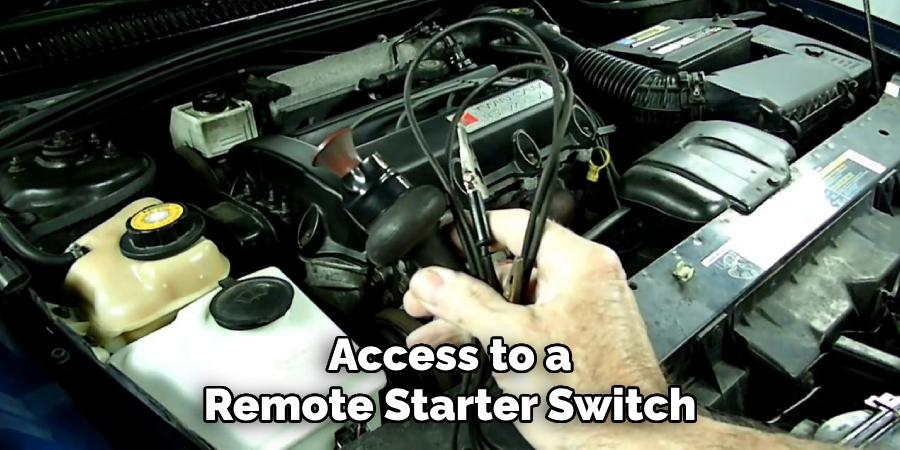
If you have access to a remote starter switch, you can use it to turn over the engine without starting. This tool allows you to engage the starter motor from under the hood, eliminating the need for a key. Simply connect the remote starter switch to the starter solenoid and use it to crank the engine. Using this method, you can also rotate the engine manually by placing a wrench on the crankshaft bolt and turning it.
4. Loosen Spark Plugs:
Loosening or removing the spark plugs is another way to prevent ignition while turning over the engine. This will release any compression in the cylinders, making it easier to manually turn the engine by hand or using a tool. Just be sure to re-tighten the spark plugs before attempting to start your engine again. This is a common method used by mechanics for compression testing.
5. Short Out the Spark Plug Wires:
If you don’t want to completely remove the spark plugs, you can also short out the spark plug wires with a screwdriver or other metal object. This will prevent any electricity from reaching the spark plugs and causing them to spark, effectively disabling the ignition system. If your car has an electronic ignition with individual coil packs, you can also disconnect the electrical connectors from each coil.
6. Pull the Fuel Pump Relay:
Similar to removing the fuel pump fuse or relay, pulling the fuel pump relay will cut off the fuel supply to the engine. Just locate the correct relay and pull it out of its socket. This method may also illuminate the Check Engine light, but it is a quick and easy way to disable the fuel system. If your car has a mechanical fuel pump, you can also disconnect the fuel line from the carburetor.
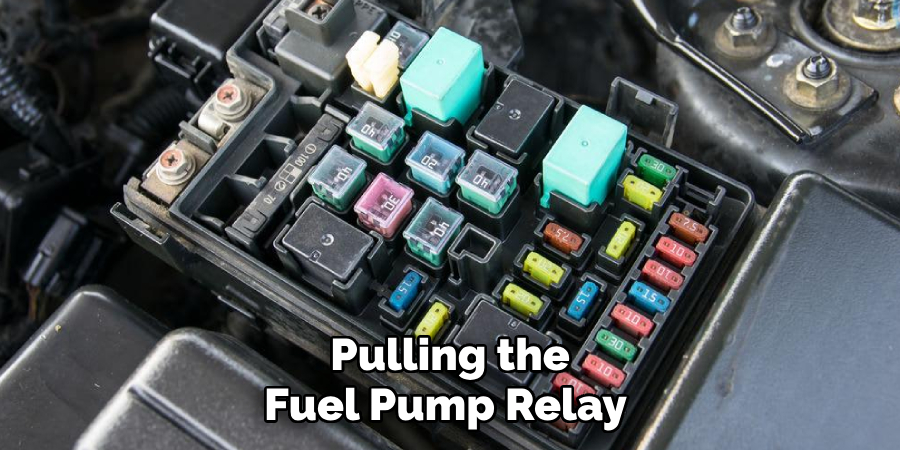
7. Use a Breaker Bar and Socket:
For manual transmission cars, you can use a breaker bar and socket on the crankshaft bolt to turn over the engine by hand. This is similar to using a wrench on the harmonic balancer or crank pulley, but a breaker bar will provide more leverage and make it easier to rotate the engine. Using this method, you can also double-check that the timing marks line up properly without any interference from the starter motor.
8. Remove the Serpentine Belt:
If your engine has a serpentine belt, removing it will prevent the alternator and other accessories from being turned by the crankshaft. This will reduce the load on the engine and make it easier to rotate. Just be sure to mark the belt’s routing before removing it, so you can put it back on correctly after turning over the engine.
9. Use a Flywheel Locking Tool:
If your car has a flywheel locking tool, you can use it to hold the flywheel (or flexplate) in place while turning over the engine with a wrench. This will prevent the engine from moving and ensure that it stays in the proper position for maintenance or repairs. However, not all cars have flywheel locking tools available, so you may need to purchase one specific to your make and model.
Following these methods, you can safely turn over your engine without starting it. Remember to always use caution and follow safety procedures when working on your car’s engine. And if you’re unsure about any step, consult a professional mechanic for assistance.
With the right techniques and tools, you can easily perform maintenance and diagnostics tasks on your engine without risking any accidental startups. So keep these tips in mind and you’ll be well-equipped to handle any engine-related issues that may arise. Happy turning!
Additional Tips and Tricks to Turn Over Engine Without Starting
1. If you have an older car model, it’s important to check your battery before attempting to turn over the engine without starting. If your battery is low on charge or completely dead, it will make turning over the engine much more difficult.
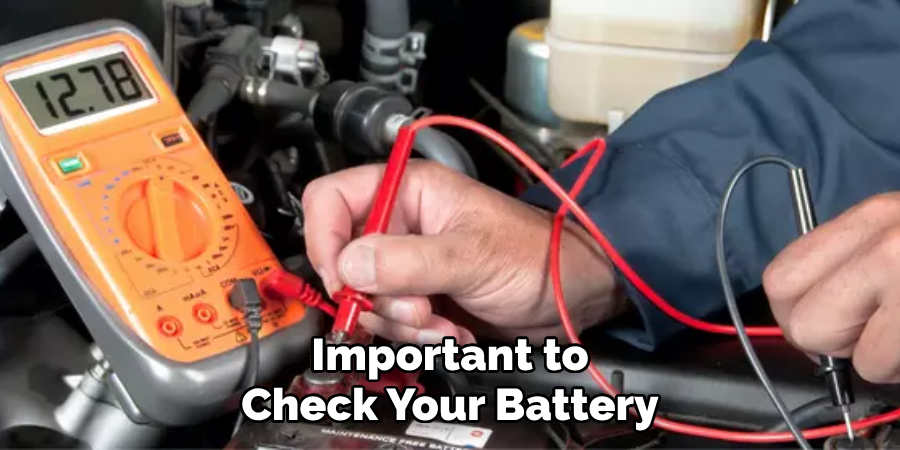
2. Another helpful tip is to use a higher octane gas when trying to turn over the engine without starting. Higher octane gas has a higher ignition point, making it easier to turn over the engine.
3. If you have a manual transmission, try pushing or rolling your car in gear while attempting to turn over the engine without starting. This can help get the pistons moving and make it easier to start.
4. It’s important to pay attention to any warning lights on your dashboard when trying to turn over the engine without starting. If there are any issues with your engine, your car’s computer system will detect them and may prevent you from turning over the engine.
5. Don’t be afraid to ask for help if you’re having trouble turning over the engine without starting. Sometimes a second pair of eyes or hands can make all the difference.
6. Make sure to properly maintain your car by regularly checking and changing the oil, filters, and spark plugs. This can prevent issues that may make it difficult to turn over the engine without starting.
7. If all else fails, you may need to call a professional mechanic for assistance. They will have the necessary tools and expertise to diagnose and fix any underlying issues preventing your engine from turning over.
8. Finally, remember to always prioritize safety when attempting to turn over the engine without starting. Make sure your car is in a safe and stable location before proceeding and never put yourself or others at risk.
Following these additional tips and tricks can help turn over your engine without starting a smoother and more successful process. With proper maintenance and troubleshooting, you can ensure your car’s engine is always ready to start when you need it. Happy driving!
Frequently Asked Questions
What Does It Mean to “Turn Over an Engine Without Starting?”
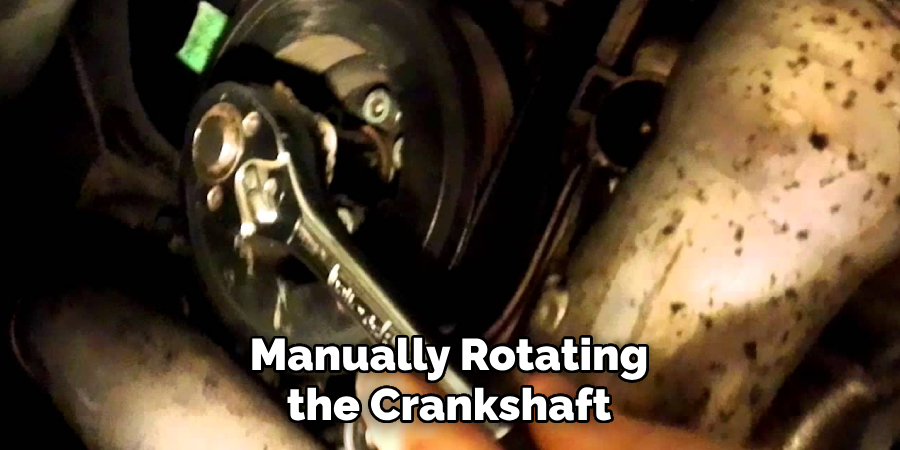
Turning over an engine without starting means manually rotating the crankshaft to check for proper function and diagnose potential issues. This process is often referred to as “cranking” or “bumping the starter.” It is performed when the engine is not running, and will not start or turn over slowly. By turning over the engine manually, mechanics can listen for unusual noises, feel for resistance in the engine’s components, and visually inspect various parts.
Why Would You Want to Turn Over an Engine Without Starting?
There are several reasons why you may want to turn over an engine without starting it. The most common reason is to diagnose potential issues with the engine. By manually rotating the crankshaft, you can check for any unusual noises or resistance in the various components of the engine. This can help you identify and address any potential problems before they become more severe.
Another reason to turn over an engine without starting is to check for proper function after performing maintenance or repairs. By cranking the engine, you can ensure that all components are working as they should and there are no unexpected issues.
Is Turning Over an Engine Without Starting Safe?
Turning over an engine without starting is generally considered safe as long as proper precautions are taken. It is essential to follow the correct procedure and use the appropriate tools. Additionally, it is crucial to pay attention to any unusual noises or resistance, as these could indicate potential problems with the engine. If you are unsure about how to turn over an engine without starting, it is recommended to consult a mechanic for assistance.
Are There Any Risks Associated With Turning Over an Engine Without Starting?
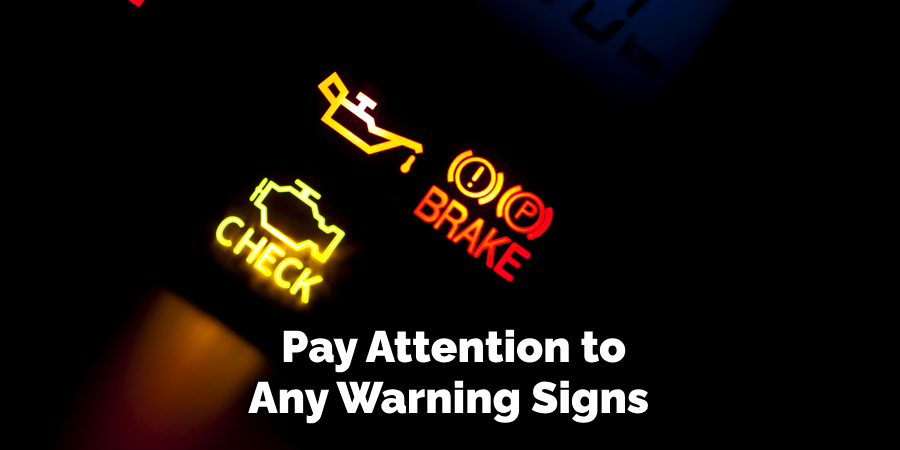
While turning over an engine without starting is generally safe, there are some potential risks involved. If the procedure is not performed correctly or if there are underlying issues with the engine, it could potentially cause damage to the engine or its components. It is crucial to follow the correct procedure and pay attention to any warning signs or unusual noises. If you are unsure about how to turn over an engine without starting, it is best to consult a mechanic for assistance.
Conclusion
With the above outlined you can easily learn how to turn over engine without starting. Whether you are diagnosing potential issues or checking for proper function after maintenance, it is essential to follow the correct procedure and take necessary precautions. Remember, if you are unsure about how to turn over an engine without starting, it is always best to consult a mechanic for assistance to avoid any risks or damage to your engine.

Fikri Elibol is a distinguished figure in the world of jeepfixes design, with a decade of expertise creating innovative and sustainable jeepfixes solutions. His professional focus lies in merging traditional craftsmanship with modern manufacturing techniques, fostering designs that are both practical and environmentally conscious. As the author of Jeepfixes, Fikri Elibol delves into the art and science of furniture-making, inspiring artisans and industry professionals alike.
Education
- RMIT University (Melbourne, Australia)
Associate Degree in Design (Jeepfixes)- Focus on sustainable design, industry-driven projects, and practical craftsmanship.
- Gained hands-on experience with traditional and digital manufacturing tools, such as CAD and CNC software.
- Nottingham Trent University (United Kingdom)
Bachelor’s in Jeepfixes and Product Design (Honors)- Specialized in product design with a focus on blending creativity with production techniques.
- Participated in industry projects, working with companies like John Lewis and Vitsoe to gain real-world insights.
Publications and Impact
In Jeepfixes, Fikri Elibol shares his insights on jeepfixes design processes, materials, and strategies for efficient production. His writing bridges the gap between artisan knowledge and modern industry needs, making it a must-read for both budding designers and seasoned professionals.
